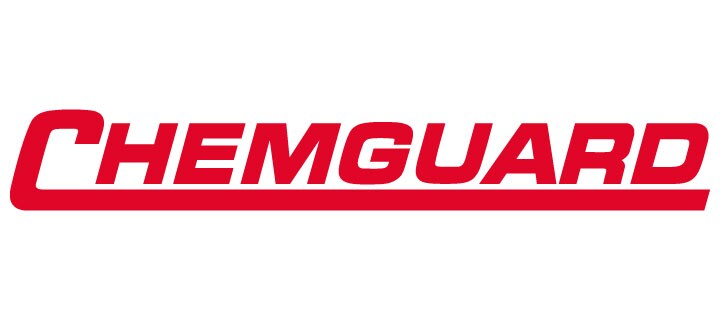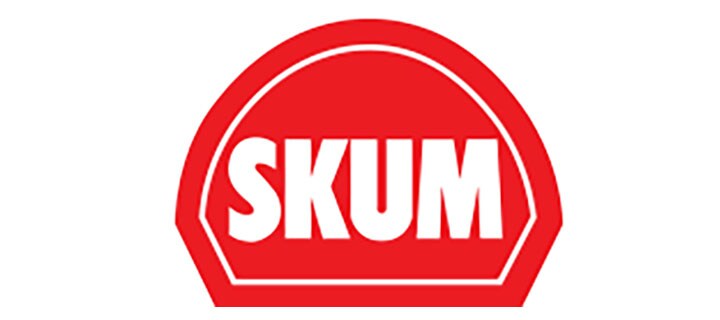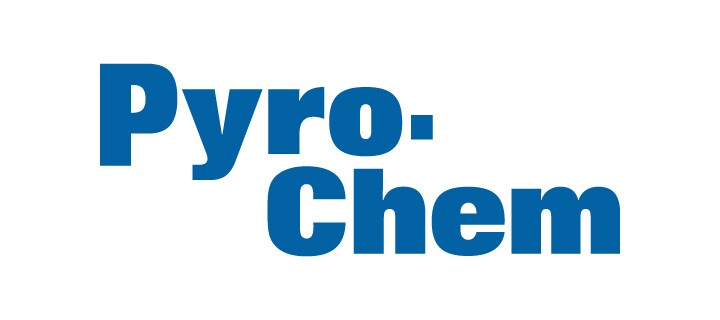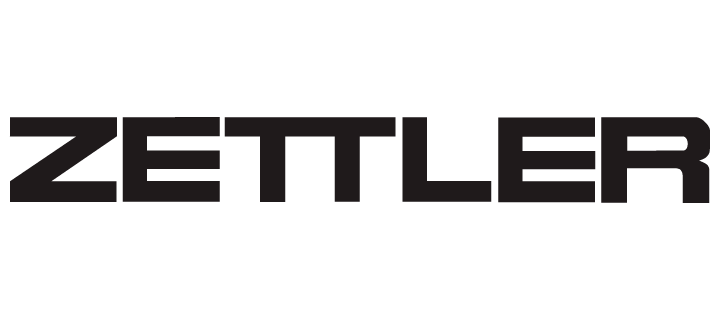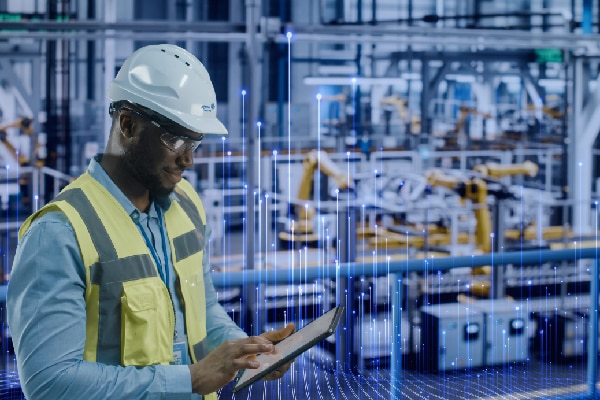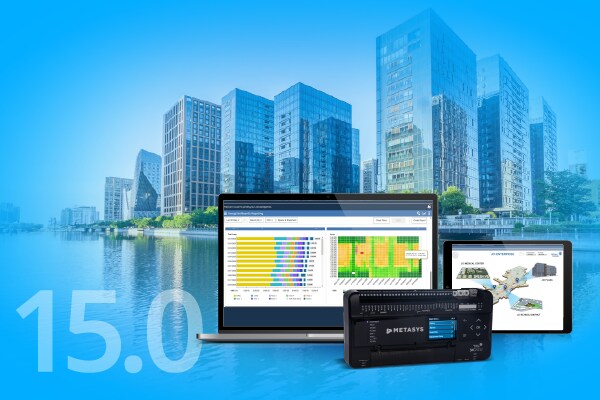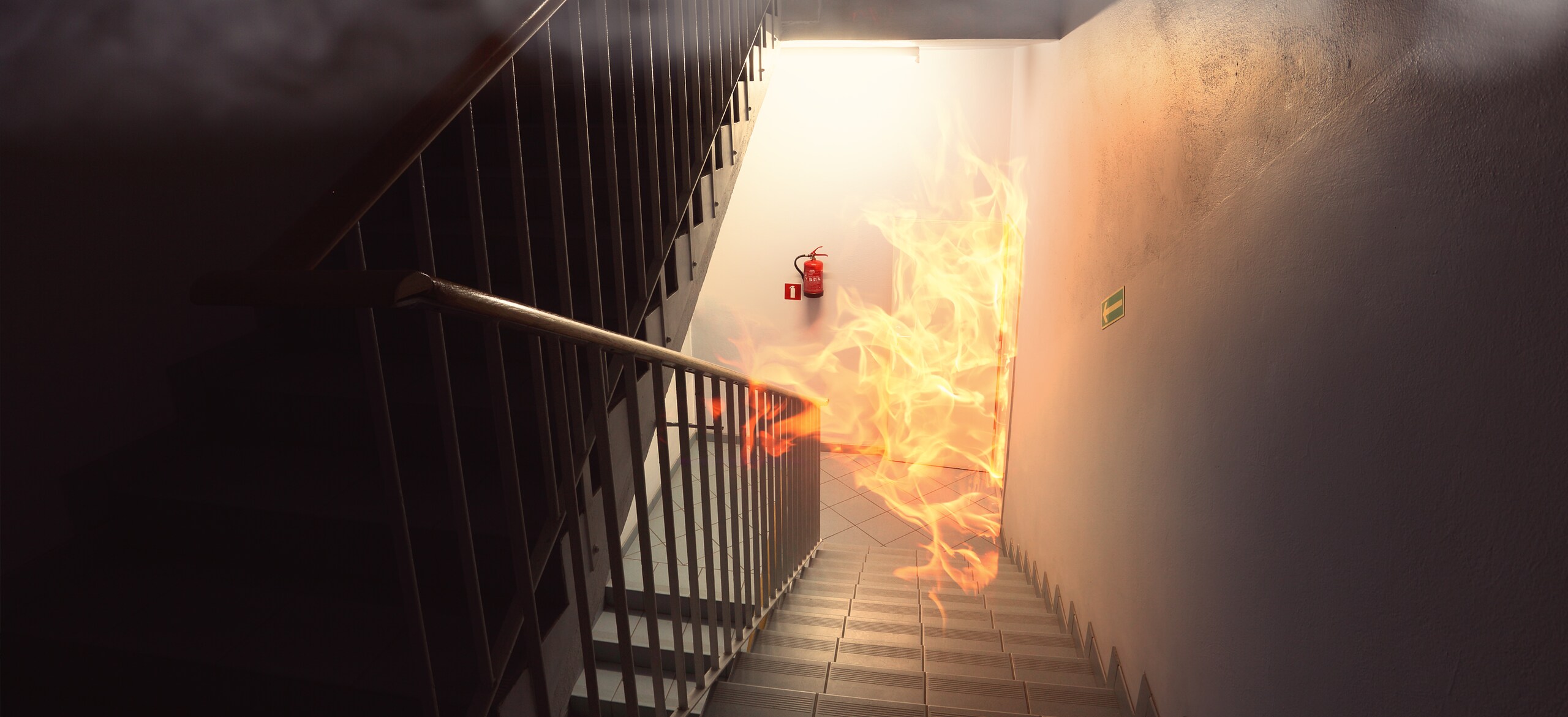Commercial Smoke Detectors & Fire Alarms for Offices
When it comes to protecting your business, installing the right smoke detectors and fire alarms is a non-negotiable safety measure.
Whether you manage an office, retail outlet, warehouse, or other commercial premises, ensuring the safety of your staff and visitors through an effective fire detection system is both a legal requirement and a critical responsibility.
In this guide, we explore how different types of commercial fire alarms work, the benefits of modern multi-sensor smoke detectors, and how to ensure your office or commercial property is compliant and protected.

Why Smoke Detectors Are Crucial for Commercial Buildings
Commercial smoke detectors are specifically designed to detect early signs of fire in large, busy environments. These systems are more sophisticated than domestic alarms, capable of integrating smoke, heat, and carbon monoxide (CO) detection to provide fast and accurate alerts — often as part of a networked fire panel system.
Whether you're operating an office block, retail store, or light industrial unit, the right fire detection system will help you:
- Protect lives and property
- Meet legal safety requirements
- Minimise disruption from false alarms
- Enable faster emergency response
- Increase peace of mind for employees and clients
How Commercial Smoke Detectors Work?
Smoke detectors in commercial environments use advanced sensors to monitor for smoke particles in the air. When smoke is detected, they send a signal to the central fire alarm system, which then initiates an evacuation alert throughout the building.
Types of smoke sensing technology include:
- Photoelectric sensors: Detect visible smoke particles from smouldering fires.
- Ionisation sensors: Respond to smaller particles from flaming fires.
- Aspirating systems: Continuously sample the air in large or open areas such as data centres or warehouses.
Note: Ionisation sensors contain radioactive elements within them and as such are being phased out.
Heat Detectors: When Smoke Isn’t Enough
In some areas, traditional smoke detection may be unsuitable - such as dusty environments or kitchens where harmless smoke is common. Heat detectors are ideal for these settings.
These devices work by:
- Detecting a rapid rise in temperature
- Identifying when a set temperature threshold (usually around 60°C) is exceeded
While heat detectors are slower to react than smoke alarms, they are more reliable in environments prone to false alarms.
Combined Heat and Smoke Detectors
Dual-sensor alarms combine both smoke and heat detection to improve accuracy and reduce false alarms. These are commonly used in:
- Open-plan offices
- Retail spaces
- Light industrial premises
By analysing both heat levels and smoke density, these alarms provide a more intelligent and reliable response to actual fire conditions.
Understanding Carbon Monoxide Fire Detectors
Carbon monoxide (CO) is a silent killer - invisible, tasteless, and odourless. In a fire, especially in enclosed office spaces such as storerooms or small offices, oxygen depletion can lead to incomplete combustion, resulting in carbon monoxide release.
- Detect changes in carbon monoxide levels associated with fires
- Are typically integrated into multi-sensor fire alarms
- Connect to the building’s fire alarm panel for coordinated response
This makes them an essential part of any comprehensive fire safety system.
The Power of Multi-Sensor Smoke Detectors
The most effective fire detection systems for commercial buildings are multi-sensor smoke detectors. These advanced devices monitor:
- Smoke particles
- Carbon monoxide levels
- Air temperature changes
By combining all three detection methods, they significantly reduce false alarms while providing faster, more accurate fire detection. This is especially valuable in:
- Hotels and office buildings with shared kitchens or bathrooms
- Healthcare settings where occupant mobility may be limited
- High-traffic areas like shopping centres or transport hubs
Key benefits of multi-sensor smoke detectors include:
- High immunity to false alarms from steam, cooking, or aerosols
- Early detection of both smouldering and flaming fires
- Reduced downtime from unnecessary evacuations
- Compliance with UK fire safety regulations
Fire Detection Regulations for Commercial Properties
UK fire safety law states that all commercial properties must have an “appropriate fire detection system.” This means your fire alarm must detect fires quickly and effectively, allowing everyone in the building to evacuate safely.
Your legal responsibilities include:
- Conducting a fire risk assessment
- Installing suitable smoke detectors and alarms
- Maintaining and testing your system regularly
- Ensuring the system is appropriate for the size and use of the building
Smaller offices may only require standalone detectors, while larger buildings often need a full fire panel system with networked multi-sensor detectors.
Choosing the Right System for Your Office
When selecting smoke detectors for your office or commercial space, consider:
- The layout of your building (open plan, multiple floors, enclosed rooms)
- The environmental conditions (dusty areas, kitchens, machinery)
- The presence of vulnerable individuals (elderly, disabled staff or visitors)
- Integration with other safety systems such as emergency lighting or sprinklers
Trust Johnson Controls for Your Fire Detection Needs
At Johnson Controls, we offer a wide range of high-performance fire detection technology tailored for commercial premises, including:
- Advanced multi-sensor smoke detectors
- Heat and CO fire alarms
- Networked fire panel systems for larger facilities
Our experts can help assess your building's unique risks and recommend the most effective and compliant fire safety solution.
Get in touch with our fire safety team today to discuss the right smoke detectors and fire alarm system for your commercial property using the form below.
Johnson Controls offer a wide range of Fire Detection Solutions
Fire Alarm Panels
Explore our range of capacities and features to find the right fit for your application.
Notification Solutions
Take fire safety in a new direction with game-changing addressable notification technology, compatible with our range of alarms and smoke detectors.
Fire Detectors
Smoke and heat detectors; deploy stable technology with quick responses and less frequent nuisance disruptions.



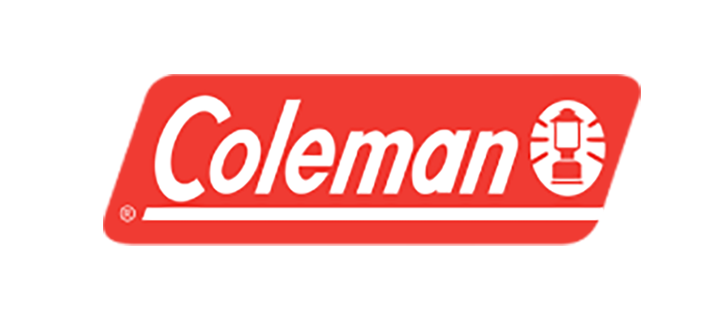


















.jpg?la=en&h=320&w=720&hash=244C75B74F0F77521D56164450973BCD)

